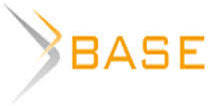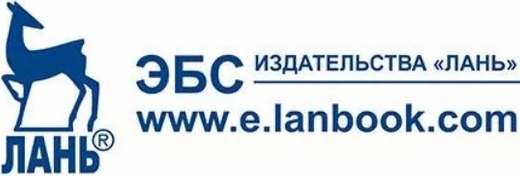Using of crowdsourcing technology in tourism: features and prospects of development
The unique possibility of crowdsourcing technology is shown, which allows to include citizens in the development of tourism in the region. Tourist projects that are implemented with the participation of the population are more successful today than power initiatives, since they allow the consumer to feel their own importance. Features of the application of crowdsourcing in tourism are revealed. The article considers the aspect of using crowdsourcing technologies in the development of tourism at the regional level. The system of functioning of crowdsourcing in tourism is presented. The content and main characteristics of crowdsourcing technology in the tourism business are analyzed. Specific features of crowdsourcing as a business technology for the development of tourism. The necessity of attracting intellectual resources of the region through the implementation of various crowdsourcing projects for the development of the tourism sector is substantiated.
A. V. Rogova. The use of crowdsourcing technology in tourism:
features and development prospects // Scientific result.
Technology business and service. - Vol. 4, No. 3, 2018
















While nobody left any comments to this publication.
You can be first.
1. Badina, L. P. (2014), Synergy online communities, Modern high technologies, №5, 63-66.
2. Bulavkina, L. V. (2012), Crowdsourcing in the marketing service. Marketing communications. Vol. 4, №70, 201-203.
3. Bakhtin, O. V. Motivation to participate in crowdsourcing projects / Bahtin O. V. // Scientific results. Series "Sociology of management". - №1. - 2014. - P. 47.
3. Dewey, D. (2012), Society and its problems. Idea, 160 p.
4. Golubev, E. V. (2014), Crowdsourcing project as a system: necessary elements, their interrelation, limitations and ways of overcoming, № 24, 65-70.
5. Denisova, J. A. (2016), Crowdsourcing in the public regional management (on the example of the crowdsourcing projects of the government of the city of Moscow, The Power, №4, 21-27.
6. Dolzhenko, R. A. (2014), Involvement of participants of crowdsourcing projects. Vestnik of Omsk state University, №3, 29-37.
7. Karpova, A. (2014), Information anomie: the choice on the verge of a foul, № 1, 41-45.
8. Ksenofontova, I.V. (2016), The role of the Internet in the development of the protest movement, Monitoring of public opinion, № 3 (109), 114-116.
9. Kurbatov, V. I. (2012), Network communities of the Internet as a social construct, Humanities of the South of Russia, № 2, 94 -102.
10. Pankrukhin , A. P. (2011), Crowdsourcing-seductive marketing aggressor-principles, content, technologies. Practical marketing, №01 (167), 3 – 10.
11. Rogova, А.V. (2015), Problems of introduction of crowdsourcing technology in public administration. International research journal, №7 (38), 105-109.
12. Howe, J. (2012), Crowdsourcing: Collective intelligence as a business development tool. Alpina Publisher, 287 p.
13. Gula, I. (2013), Crowdsourcing in the tourism industry – Using the example of ideas competitions in tourism destinations, ISCONTOUR: Proceedings of the International Student Conference in Tourism Research. Vol. 1, № 3.
14. Dietmar, W. (2014). Crowdsourcing as a method of trans disciplinary research–Tapping the full potential of participants, 2014. №60, 14-22.
16. Geiger, D. (2015), Task Recommendation in Crowdsourcing Systems, Springer. №7, 117-121 p.
17. Howe J. (2008), Crowdsourcing: Why the Power of the Crowd is Driving the Future of Business. Crown Publishing Group, 10 p.
18. Rogova, A.V. (2013), Personal profile of a crowdsourcing in the public sector, Modern trends in education and science, №14, 102-103 p.